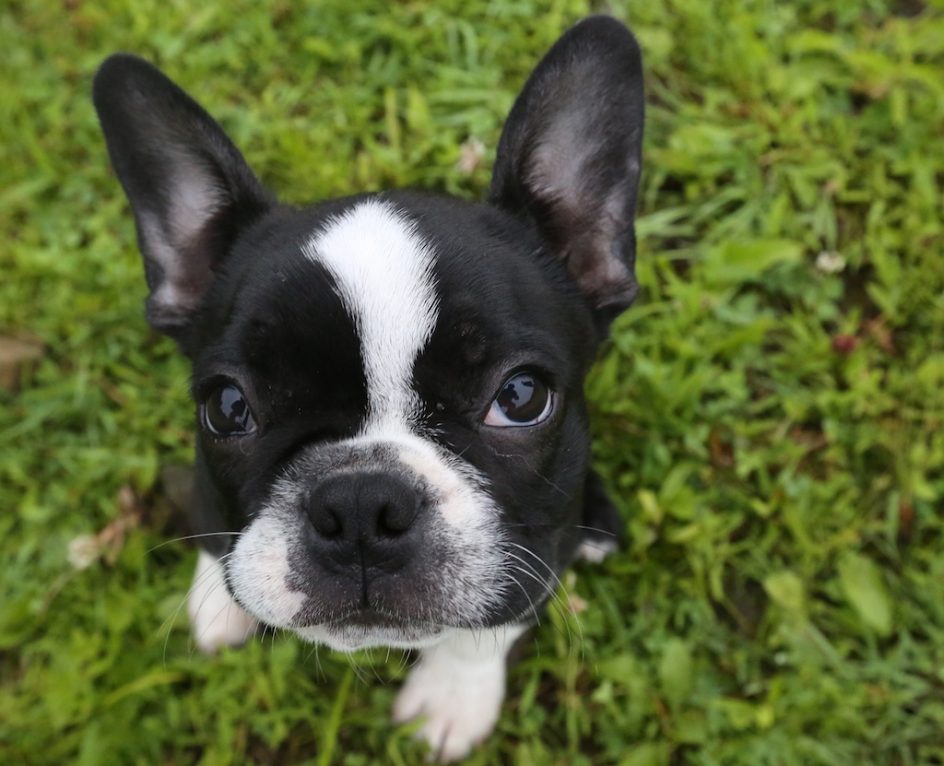
Gus is growing up, getting bigger, heavier. His ears are sticking straight up now, he is able to focus on training more, he is more confident around Red and Fate, and her torments Fate mercilessly, which he seems to love.
A small dog is different than a big dog. When trainers tell me Gus needs to be treated and trained like a dog, not like a toy stuffed animal, I now know what they mean. Small dogs are, by nature, “cute” and they bring out nurturing and protective and emotional impulses in people that bigger dogs do not.
We’ve stepped on Gus a half-dozen times. Red has run him over daily (when Red is working, he is distracted or deterred by nothing. Otherwise, he mostly ignores him). Once, the sheep bolted and ran him over in the pasture (Maria was not happy with me), he yelped, rolled over and got up. He is durable and flexible.
Small dogs are dramatic, when they feel threatened, they shriek. They find tiny spaces to crawl into when they are tired or have stolen a bone from a bigger dog.
It is important, I think, not to treat them as vulnerable or piteous little things (as people treat so many rescue dogs). Emotions like that derail training quickly. One woman keeps writing to me complaining that I am putting pressure on Gus.
You bet, I told her, that is my job and is no less than he deserves.
But I never ask him to do anything he is not ready to do, or that I know he can’t yet do. Our training is positive. And successful. Gus is flowering, he is growing, he adores Red and follows him around, he now torments Fate, stealing her food and toys and chasing her around the yard. She thinks he’s a big dog, too.
In training, cuteness, like pity, is a disaster.
This morning, I continued our work to get Gus to sit and stay. I take a cookie, hold it over his head and tell him to sit. If you do this long enough, the dog will eventually sit, and Gus does. Then I praise him and reward him for sitting. It takes patience, I hold the treat over his head until he sits and waits for me to bring the food to him, he never gets it when he jumps.
When he sits quietly for a a minute or so, he gets the treat. It is working, and is not much more complex than that.
As far as I am concerned, Gus is another dog, he is not my furbaby. Maria as taken the same stance, we ask a lot of him, he is around big farm animals and intense people, he seems to be having a blast. We love him and are grateful to Robin Gibbons for the great job she did in breeding him.
I think her dogs will soon cost a lot more than $800, they are worth it. So the small dog experience is cruising along for us. Gus is almost fully integrated into the life of our family. He is part of the back now, and his therapy work at the Mansion is promising.
He is not wearing clothes, riding in a stroller, or wearing slippers. Ever.
He does have a stare that seems to melt people’s hearts though.
